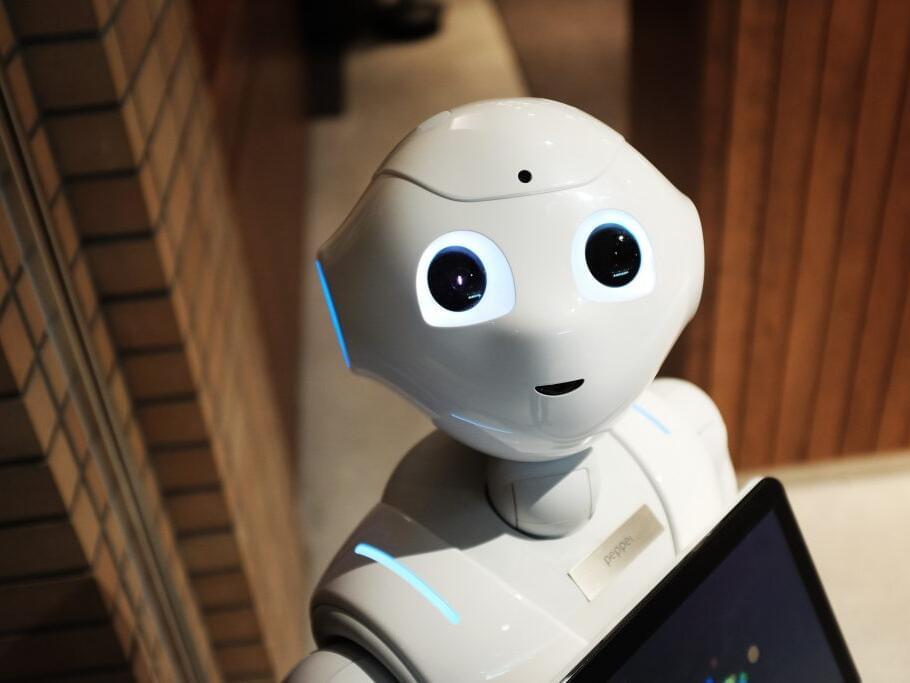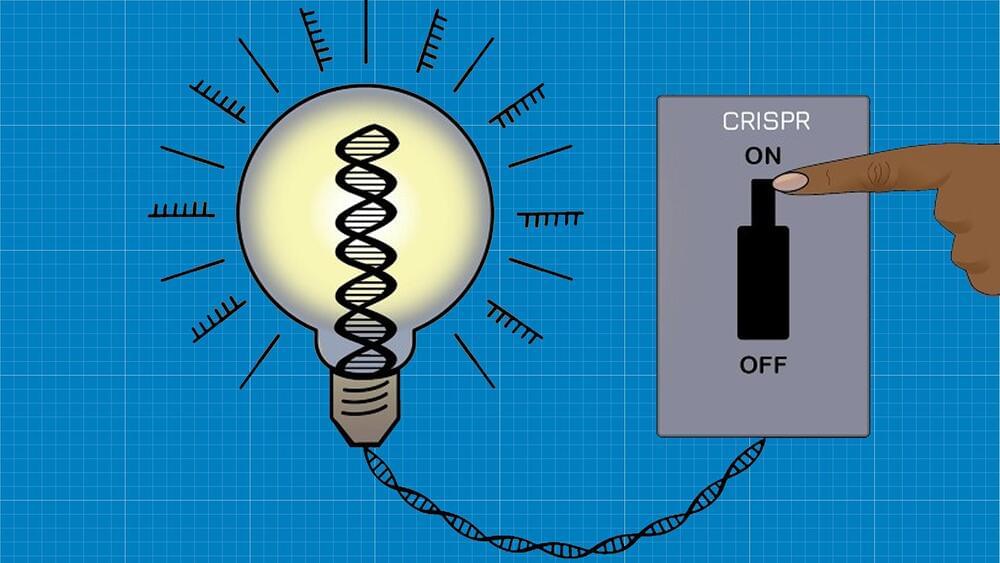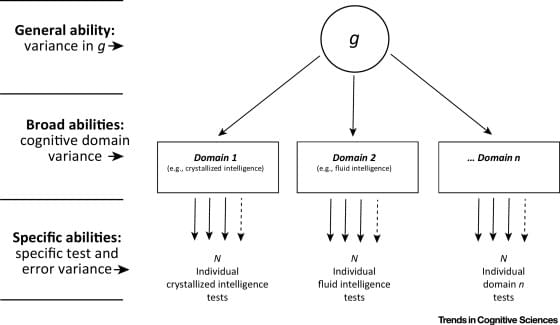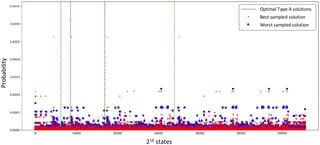University of Oxford professor explains how conscious machines are possible.
Up next, The intelligence explosion: Nick Bostrom on the future of AI ► https://youtu.be/1WcpN4ds0iY
In his book “A Brief History of AI,” Michael Wooldridge, a professor of computer science at the University of Oxford and an AI researcher, explains that AI is not about creating life, but rather about creating machines that can perform tasks requiring intelligence.
Wooldridge discusses the two approaches to AI: symbolic AI and machine learning. Symbolic AI involves coding human knowledge into machines, while machine learning allows machines to learn from examples to perform specific tasks. Progress in AI stalled in the 1970s due to a lack of data and computational power, but recent advancements in technology have led to significant progress. AI can perform narrow tasks better than humans, but the grand dream of AI is achieving artificial general intelligence (AGI), which means creating machines with the same intellectual capabilities as humans. One challenge for AI is giving machines social skills, such as cooperation, coordination, and negotiation.
The path to conscious machines is slow and complex, and the mystery of human consciousness and self-awareness remains unsolved. The limits of computing are only bounded by imagination.
0:00 The Hollywood dream of AI: consciousness.









